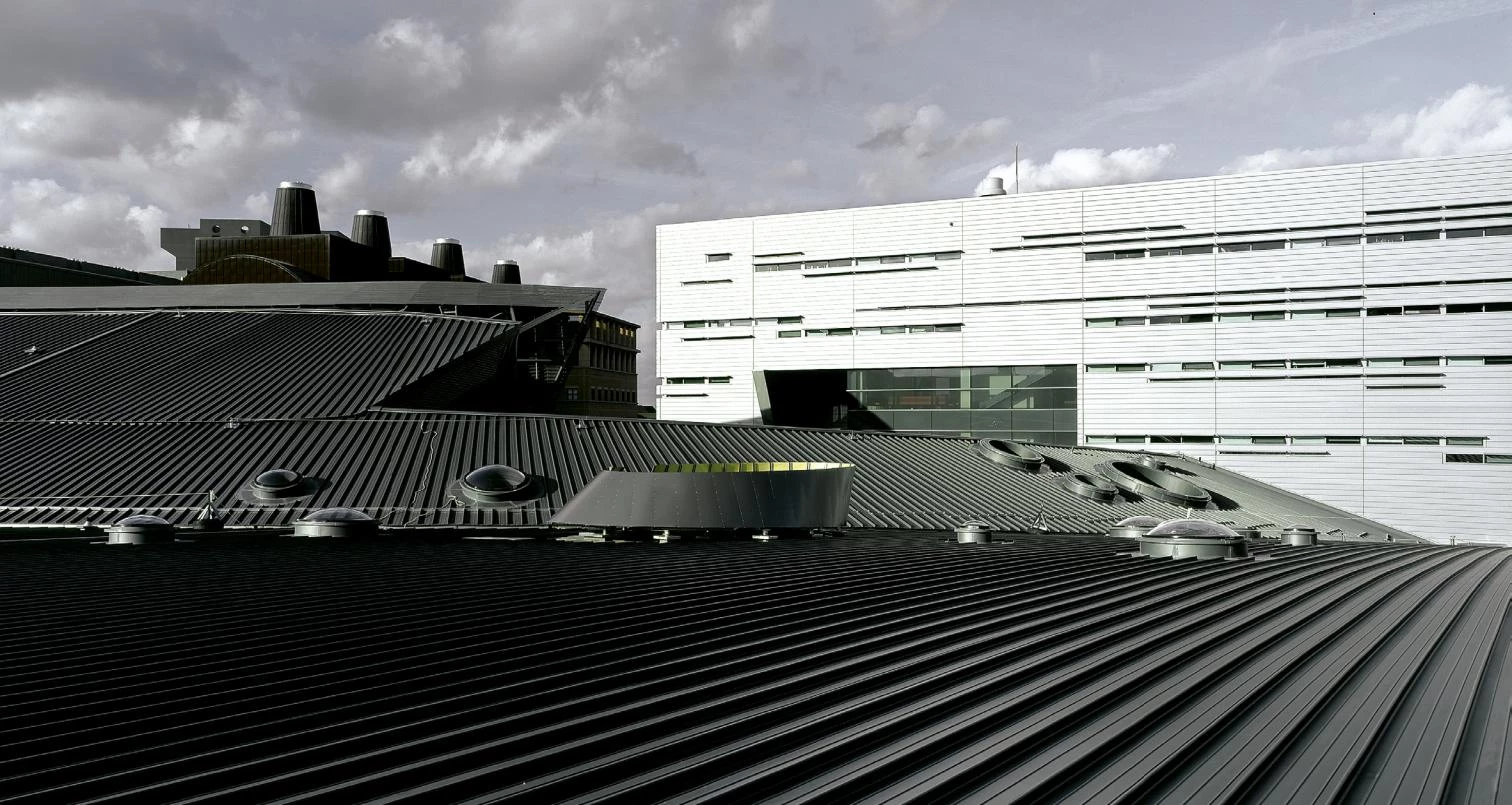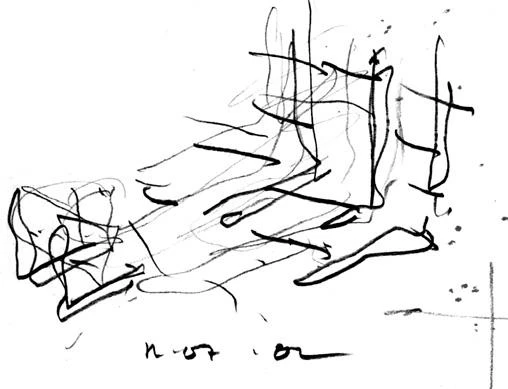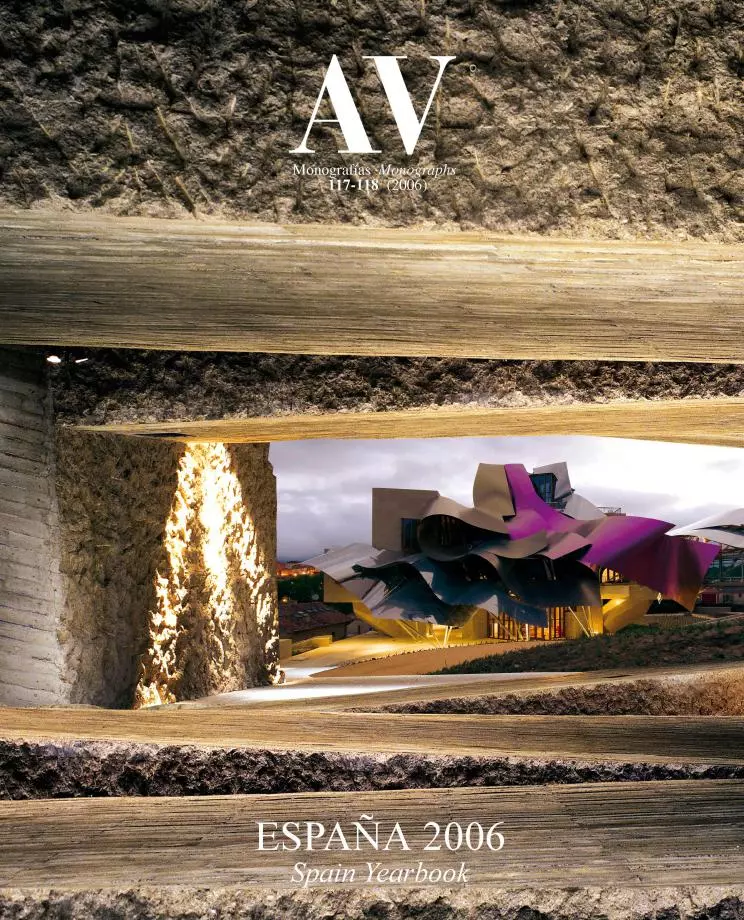Howard Roark in California
Thom Mayne, leader of Morphosis and author of an experimental, rough and individualistic oeuvre, gets the Pritzker after 14 years without American laureates.

An appropriate coincidence with the centenary of Ayn Rand, the jury of the Pritzker Prize haselected a Howard Roark of a model architect. The main character of The Fountainhead – played by Gary Cooper in King Vidor’s movie version – is an intransigent individualist who does not hesitate to bomb a work disfigured by the developer, and it is the same kind of incorruptible affirmation of authorship that made Thom Mayne borrow a jack-hammer and with his own hands demolish a badly executed concrete wall that the contractor refused to amend. Aggressively difficult in both his work and his character, the leader of Morphosis recently confessed to the The New York Times that in the first 25 years of his career not a single client ever spoke to him again, being called an ‘arrogant bastard’: “I was intoxicated with the idea of autonomy as a young man, and saw architecture as being something against the status quo”.
The project for a theater complex in Los Angeles shows the calligraphic violence of young Mayne.
This anti-bourgeois anger eroded with time, and the radical Californian known for the technological baroqueness of his hermetic drawings and the constructive hypertrophy of his interiors or houses became a favorite architect of the United States federal administration, for which he now carries out several major projects in the fields of education, law, housing, communications, or transport, the usually tight governmental budgets being no impediment to his dressing the conventional programs with metallic origamis or catastrophic scaffoldings where his expressive collisions are apocopated.

The student center of the University of Cincinnati and the social housing in Madrid illustrate the mature career of the Californian architect, who builds large public projects far from his home base.
Now in his sixties, with irate conviction Mayne plays the visceral architect who makes physical contact with the construction, and in his projects the tactile violence of materials combines with abrasiveness of detail to achieve an experience of impact. The rhetorical aggression and excessive musculature of buildings that led to him being likened to Arnold Schwarzenegger are nevertheless just superficial features of the current work of the architect, who is now more interested in the shaping of public space within the turbulent anomy of the American city. If his strained buildings still have the bodybuilding spirit of the gym or the trapeze, it is not the steroid optimism of the California governor that they evoke first, but the athletic determination of Rand’s hero in the episode of the quarry, decided as he was to build his own dreams in the world, for the world, and against the world. Although come to think of it, there might not be so big a difference between the Austrian actor and the Russian writer, both immigrants and quintessential Americans in defending collective space as the exclusive property of individual effort, initiative, and talent. This kind of rugged individualism and tough, euphoric freedom, defended tooth and nail and rising to one’s head like sweet wine, is what drove the Howard Roark of The Fountainhead, modeled on the theatrical and heroic figure of Frank Lloyd Wright; what inspired the California disciples of the master of Taliesin, from Schindler or Neutra to John Lautner; and what continues to nourish the West Coast architects who had Frank Gehry for a banner, and who now welcome Thom Mayne, anointed by the Pritzker, as the new champion of artistic autonomy in the paradoxical realm of federal government works. Fourteen years after the last American laureate, the jury of the prize compensates for the long drought with an American squared..






